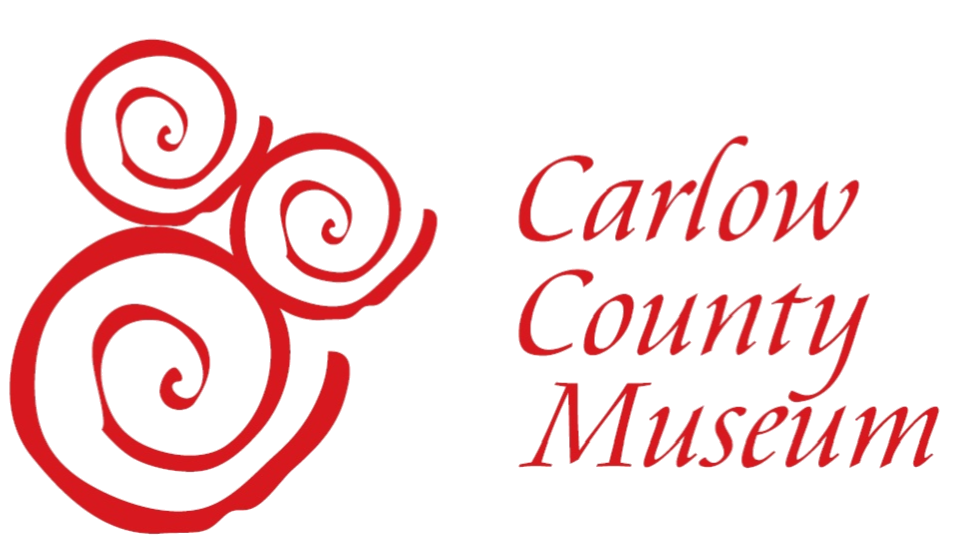
Mission Statement
Carlow County Museum is a not for profit institution that collects, safeguards, holds in trust, researches, develops and interprets collections of original objects and original objects on loan from County Carlow and its people for the public benefit where they can find inspiration.








